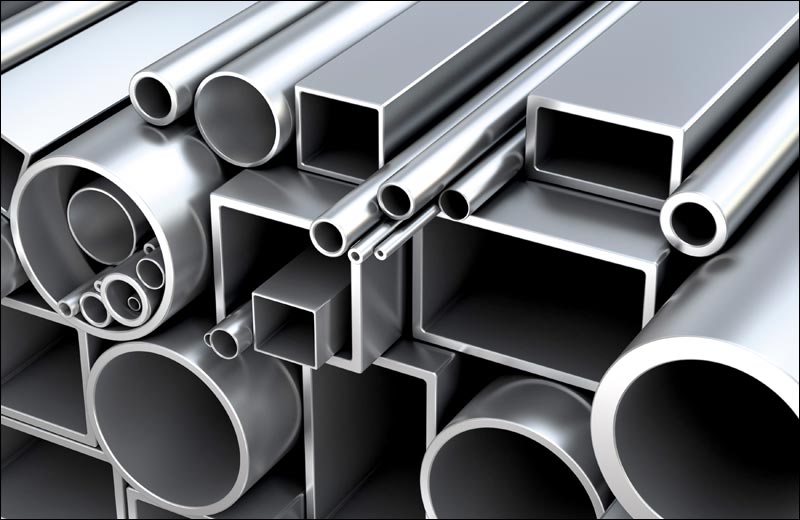
The price of steel has risen rapidly in recent weeks, compared to Q2 and especially Q3 2020, there was a jump of 140 EUR/t since June to October 2020. Steel producers report further price increases in the coming months. The reduction is not in the plan.
The main reason is that the price of iron ore is rising sharply again and after the weaker spring and summer months demand has increased, and steelmakers are announcing sold-out capacities. Some smelters have already filled the capacity for Q1 2021!
With over seven blast furnaces shut down across Europe since this spring, the capacity of most suppliers fell by 40% for Q2 2020. It is not surprising that production is longer and price increases.
Tariff restrictions on supplies from non-EU countries (Turkey, Asia, Russia, Serbia, South Korea) and increased demand in these countries (China, Russia - realization of higher prices on the domestic market and reluctance to export), further restrictions on supplies by ISD Dunaffer intensify this situation.
Many smelters have already increased prices for the current Q4 2020 and at the same time announce a further increase in prices for Q1 2021 - by at least 30-50 EUR/t for all steel products.
Perhaps the good news is that the major European producers could restart some of the blast furnaces in Q2 2021 and thus to help with the missing capacity and stabilize the price level of steel.

The price of steel has risen rapidly in recent weeks, compared to Q2 and especially Q3 2020, there was a jump of 140 EUR/t since June to October 2020. Steel producers report further price increases in the coming months. The reduction is not in the plan.
The main reason is that the price of iron ore is rising sharply again and after the weaker spring and summer months demand has increased, and steelmakers are announcing sold-out capacities. Some smelters have already filled the capacity for Q1 2021!
With over seven blast furnaces shut down across Europe since this spring, the capacity of most suppliers fell by 40% for Q2 2020. It is not surprising that production is longer and price increases.
Tariff restrictions on supplies from non-EU countries (Turkey, Asia, Russia, Serbia, South Korea) and increased demand in these countries (China, Russia - realization of higher prices on the domestic market and reluctance to export), further restrictions on supplies by ISD Dunaffer intensify this situation.
Many smelters have already increased prices for the current Q4 2020 and at the same time announce a further increase in prices for Q1 2021 - by at least 30-50 EUR/t for all steel products.
Perhaps the good news is that the major European producers could restart some of the blast furnaces in Q2 2021 and thus to help with the missing capacity and stabilize the price level of steel.